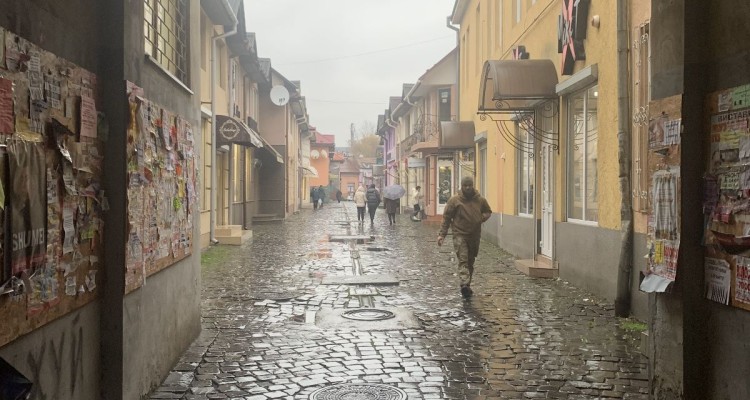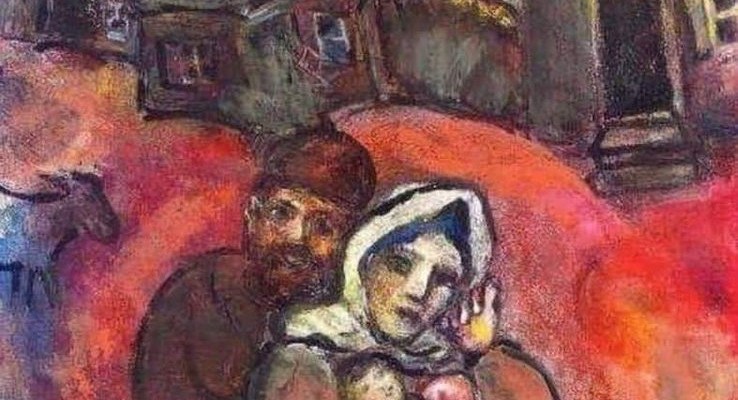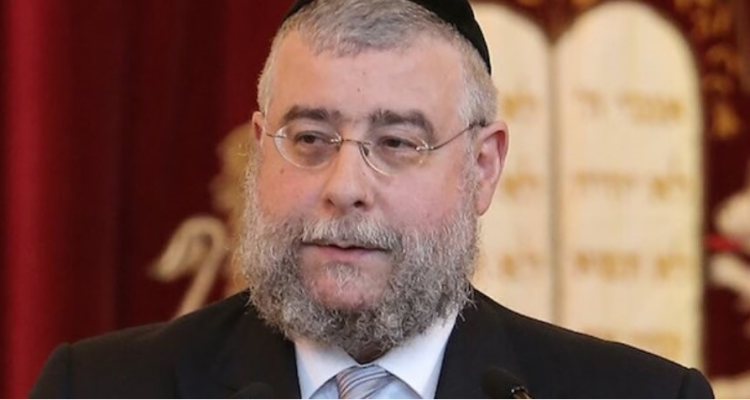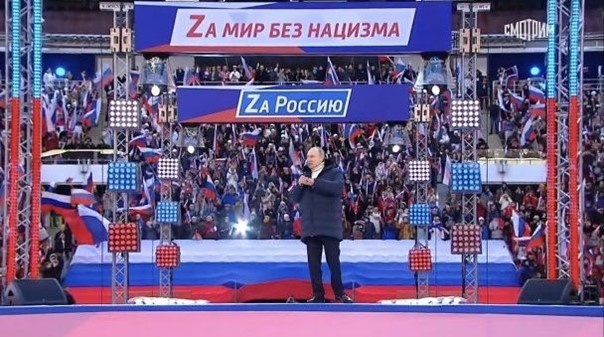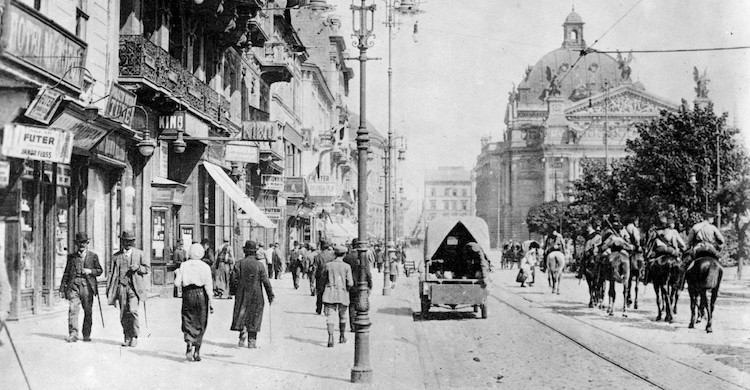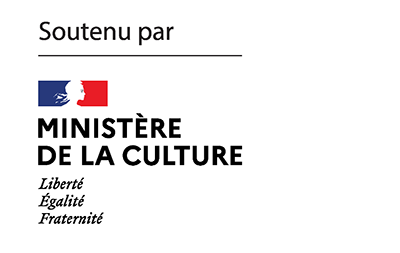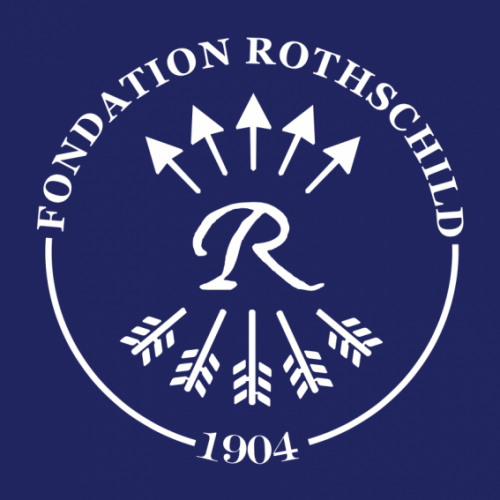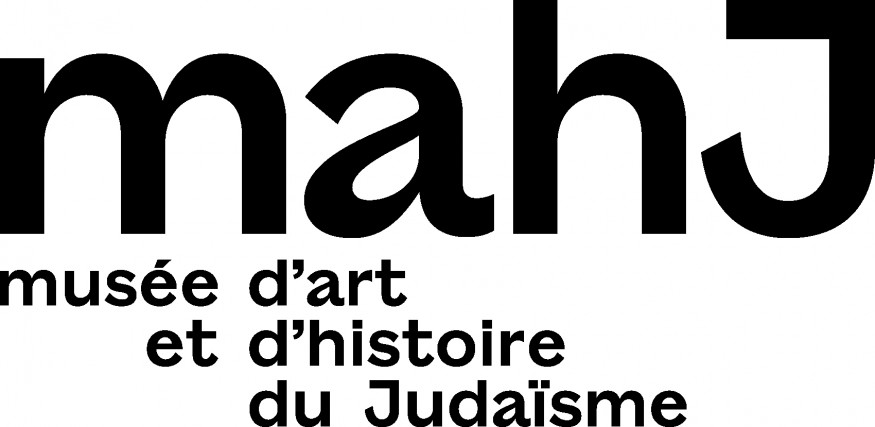Ukraine
Rabbi of the Massorti community in France, Yeshaya Dalsace went to Ukraine to Munkács – Moukatchevo in Ukrainian – where only a hundred Jews remain. A rabbinical conversion commission was recently organized there for about fifteen people. The process, which began years ago, had been suspended by the war. A travelogue.
The history of relations between Jews and Ukrainians came back with insistence from the beginning of the war initiated by Putin. It is an essentially tragic history, which Boris Czerny revisits, but reminding us that it is not limited to acts of violence. Through the evocation of Dovbush, a popular hero of the Carpathians, and of Rabbi Israel Ben Eliezer, known as the “Baal Shem Tov”, he focuses on the web of linguistic and cultural exchanges that demonstrate the richness of the links between Ukrainians and Jews and that constitute the complex material of a common past.
As of this summer, Pinchas Goldschmidt is no longer the Chief Rabbi of Moscow, a position he held for almost thirty years. Born in Zurich, he arrived in Russia in 1988, during the Gorbachev era, to work on restoring Jewish life at the time of perestroika. He decided to leave his adopted country after the invasion of Ukraine, when he was pressured to support the war. K. met him while in Paris for a meeting of the Institute for Religious Freedom and Security in Europe (IFFSE), of which he is a founding member, as President of the Conference of European Rabbis.
In 2014, journalist Anshel Pfeffer discovered Ukraine and what appeared to him at the time as a “new Jewish frontier.” He returned to the war-torn country wondering if the Jews of Ukraine still had a future.
There are the facts: the violence of the Russian force that is bearing down on Ukraine. There are the words: Putin’s propaganda, Zelensky’s desperate appeals to win the support of a West unable to provide a conclusive solution. Then there is the perception of the facts and the words in Europe, stunned by the event and forced to reflect on policy approaches. The return of war to our continental home already points to options for future European integration. These options, ineluctably, find themselves imbricated with questions of Jewishness and Holocaust memory. It is mainly on this issue that Julia Christ proposes her analysis, paying attention to the words used and to the representations deployed on both sides.
Exactly eighty years ago, on September 29-30, 1941, nearly 34,000 Jews from Kiev were executed at Babi Yar, a ravine located west of the Ukrainian capital. The question of the memorialization of the site, raised at the end of the war, has still not found a clear answer to this day. Lisa Vapné gives us a glimpse of the long and conflicting history, full of twists and turns, of a memory that has yet to be built on the very site of the crime.
After reading Philippe Sands’ essay ‘East West Street’, Danny Trom returned to the Galician town, once Polish and now Ukrainian, to follow in his family’s footsteps. The footsteps of Lemkin and Lauterpacht, the two heroes of Sands’ best-seller, overlap with those of Trom’s grandfather. Lemberg was a land of crime and the epicenter of emerging international criminal law, but also a place where Zionism was dreamed up in Yiddish. Why does Sands occlude this fact? Now war is raging in Ukraine – and thus in Lviv, formerly Lemberg. In what way and how does the tragic situation in the Ukraine involve the Jews? Ukraine addresses this question to both the Jews and the State of Israel. Danny Trom, to resolve this matter, revisits his story with an epilogue, from which he draws a common position for both Europe and the Jews.
Join us
With the support of:
Thanks to the Paris office of the Heinrich Böll Foundation for their cooperation in the design of the magazine’s website.
